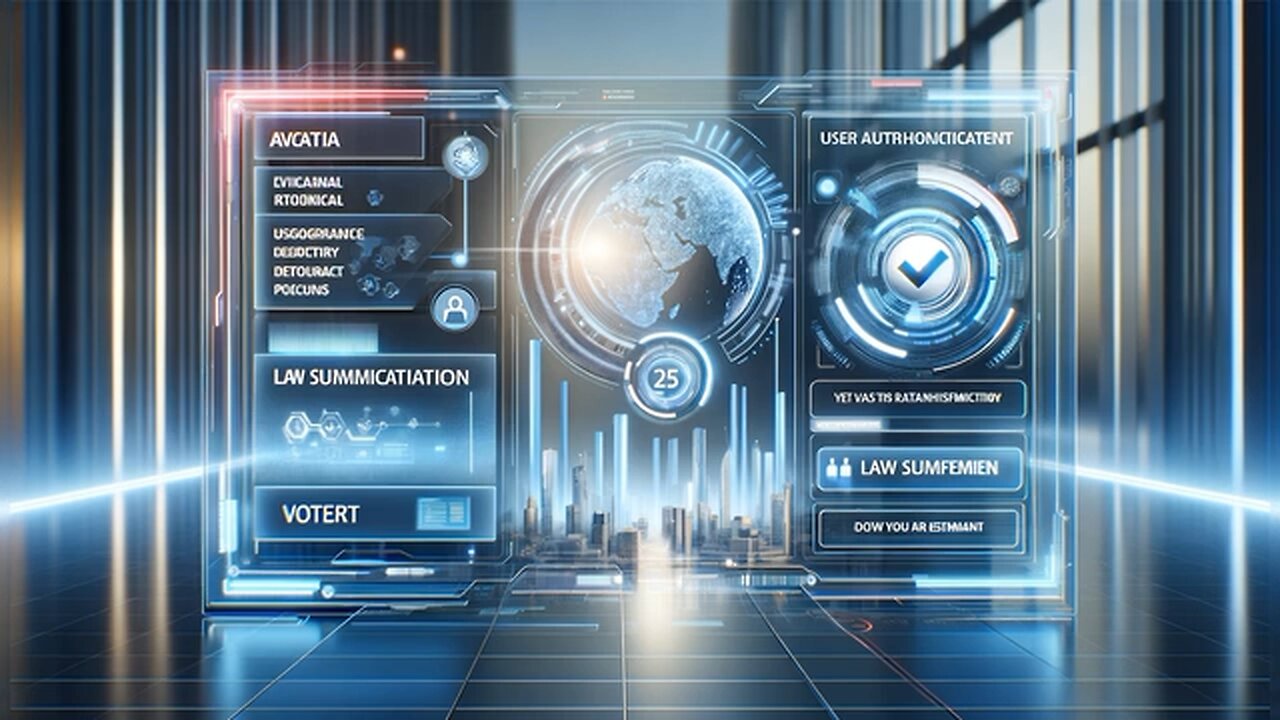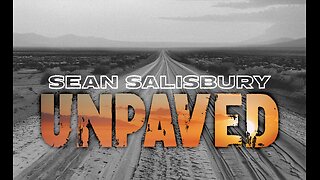Premium Only Content

Here is a refined and comprehensive compilation of bullet statements detailing every aspect of the Citizens Ratification Branch (CRB) and the Citizens Ratification Amendment (CRA):
Citizens Ratification Branch (CRB) Overview
Structured Ratification Process: Specifies a structured process for ratifying laws, ensuring continuous citizen engagement.
Monthly Ratification: Conducts votes on the first day of each month to facilitate ongoing citizen participation.
Ratification and Unratification Criteria:
Immediate Removal for New Laws: Unratified new laws are removed from the legal framework immediately.
Gradual Removal for Existing Laws: Informs citizens via the CRB portal and removes laws after sustained unratification over three months.
Legislative Responsiveness: Repromulgation of unratified laws is allowed, potentially with modifications.
Certification by Officials: Ratification results are certified by CRB officials under oath.
Forensic Auditing: Monthly audits by private companies ensure adherence to procedures.
Technological Support: Utilizes advanced technology to enhance secure and efficient citizen participation.
Innovation in Governance: Aims to revolutionize governance by making it more accessible and responsive, akin to innovations by Elon Musk.
Direct Citizen Engagement: Allows direct citizen input in legislative processes with full transparency.
Responsive to Public Opinion: Modifies laws based on citizen feedback, akin to iterative product development.
Future-Ready Governance: Ensures the legislative framework is adaptable to emerging societal needs.
Citizens Ratification Amendment (CRA) Framework
Amendment History and Process:
The U.S. Constitution has been amended 27 times, reflecting a rigorous amendment process.
Amendments can be initiated by Congress or a State Convention.
CRA Strategy:
Preferred Path: Seeks amendment through a congressional joint resolution.
Probable Path: More likely to proceed via a convention called by state legislatures.
Dual Approach: Pursues both paths simultaneously, engaging community support.
Specific Amendment Provisions (28th Amendment):
Establishes the CRB with full ratification powers and details the unratification process.
Ensures CRB operations are independent, with a focus solely on ratification.
Stipulates that funding includes $100 per citizen vote and interest-free loans from Congress.
Requires transparent reporting and auditing of ratification outcomes.
Specifies that CRB leadership includes a Director appointed by the President.
Technological and Organizational Enhancements
Universal Accessibility: Proposes a user interface accessible on various devices, ensuring inclusivity.
Partnerships for Advancement: Collaborates with universities on AI and quantum computing.
Democratic Oversight: Positions the CRA as a mechanism for democratic oversight without changing the governmental structure.
Governance and Operational Funding: Outlines a non-profit governance structure with specific administrative roles and funding guidelines.
These statements provide a detailed view of the operational, strategic, and technological dimensions of the CRB and CRA, underscoring their commitment to enhancing democratic engagement and governance transparency.
-
 LIVE
LIVE
Dr Disrespect
4 hours ago🔴LIVE - DR DISRESPECT - WARZONE - OG VERDANSK
8,539 watching -
 LIVE
LIVE
The Quartering
3 hours agoBlack Youth KILLS White Kid At Track Meet, Stock Market Crash, Fast Food Prices & More
31,700 watching -
 1:05:34
1:05:34
Russell Brand
4 hours agoMusk Is Out! Are We Rewarding Political Violence Now? – SF560
136K136 -
 LIVE
LIVE
SilverFox
16 hours ago🔴LIVE - VERDANSK IS BACK! WE'RE DROPPING IN HOT!
378 watching -
 1:27:41
1:27:41
Sean Unpaved
3 hours agoDodgers Surge To 8-0! Cowboys Shocking Offseason Shake-Up?
26K1 -
 UPCOMING
UPCOMING
The HotSeat
1 hour agoAmerica: Will The Real Dads Please Stand UP!
90 -
 UPCOMING
UPCOMING
Silver Dragons
1 hour agoSilver Price CRUSHED Today! NO TARIFFS ON SILVER?!?
96 -
 UPCOMING
UPCOMING
Jeff Ahern
23 minutes agoThursday Thrash with Jeff Ahern (1pm Pacific)
-
 12:39
12:39
Talk Nerdy Sports - The Ultimate Sports Betting Podcast
30 minutes ago4/3/25 -Slaps on Slaps – The AI Is Still Cookin
-
 1:58:39
1:58:39
The Confessionals
2 days ago744: Inside the UAP Intel Loop
17.7K